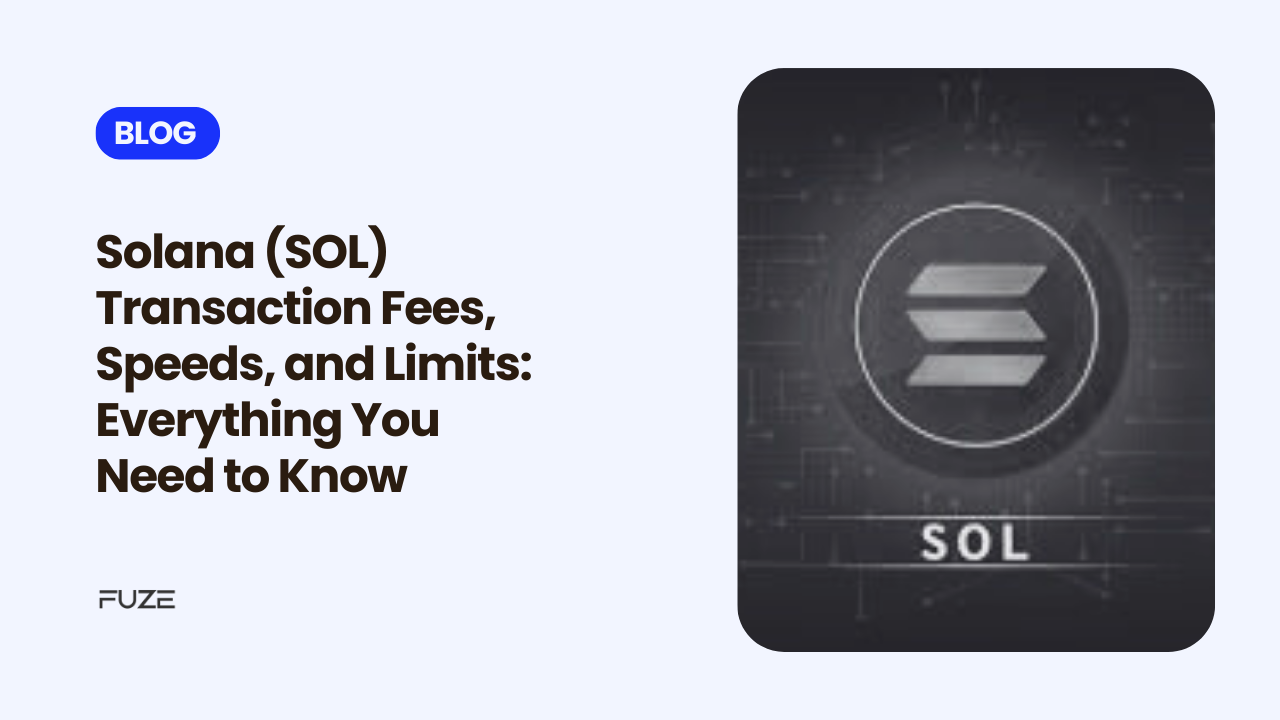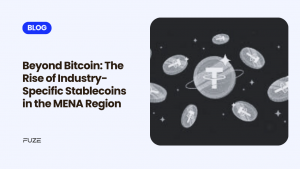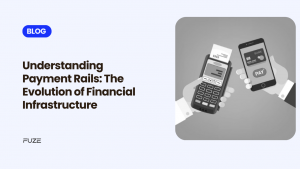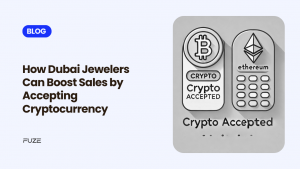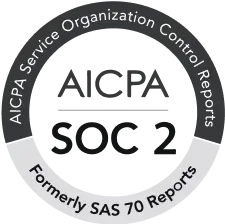As blockchain technology continues to evolve, the demand for scalable, fast, and cost-effective platforms has become crucial for widespread adoption. Solana stands out as a key player in this field, designed to offer exceptional performance. Renowned for its ultra-fast transaction speeds and minimal fees, Solana is transforming the way decentralised applications (dApps) and cryptocurrency transactions function. Since 2021, its total value locked (TVL) has risen from $1.45 billion to over $6 billion.
In this blog, we’ll delve into the key aspects of Solana’s transaction mechanics, including its fees, speeds, and limits, to help you understand why it’s gaining popularity in the blockchain ecosystem.
What Makes Solana Stand Out?
Solana is a Layer-1 blockchain designed to achieve high throughput and scalability without sacrificing decentralisation. It utilises a unique consensus mechanism known as Proof of History (PoH), combined with Proof of Stake (PoS), to facilitate rapid block production and validation. This innovative architecture enables Solana to process thousands of transactions per second (TPS), making it one of the fastest blockchains in the industry.
Solana Transaction Fees: Affordable and Predictable
How Much Are Solana’s Transaction Fees?
One of the most impressive features of Solana is its incredibly low transaction fees. On average, a single transaction on Solana costs about $0.00025, a tiny fraction of a cent. This affordability stands in stark contrast to networks like Ethereum, where gas fees can skyrocket during times of high demand.
Why Are Fees So Low?
Solana keeps its fees low with the help of an efficient block validation process and network throughput. By managing thousands of transactions at once, the network prevents congestion, which is a common issue that raises fees in other blockchain systems.
Who Pays the Fees?
Typically, the user who initiates the transaction is responsible for paying the transaction fees. These fees are then distributed to validators as a reward for ensuring the network remains secure and efficient.
How Fast Are Solana Transactions?
Solana features an average block time of just 400 milliseconds, enabling it to handle up to 65,000 transactions per second (TPS) in optimal conditions. This remarkable speed makes Solana one of the fastest blockchains, far surpassing competitors like Ethereum (15-30 TPS) and Bitcoin (3-7 TPS).
Real-World Effects of Solana’s Speed
- DeFi Applications: Rapid transactions facilitate smooth trading, lending, and borrowing on decentralised finance platforms.
- NFT Marketplaces: Users can mint, buy, or transfer NFTs nearly instantaneously.
- Gaming and dApps: Solana’s speed significantly improves user experiences in blockchain-based games and applications.
Transaction Limits on Solana
What Are the Current Limits?
Technically, Solana does not impose hard limits on transaction volumes. The network’s architecture is designed to handle up to 65,000 TPS, with potential for further scalability as technology evolves.
What Factors Can Affect Performance?
While Solana’s infrastructure is robust, its performance can be influenced by:
- Validator Node Performance: Nodes with outdated hardware or slow internet connections can impact overall efficiency.
- Network Congestion: Although rare, periods of intense activity (e.g., NFT drops) can momentarily slow transaction speeds.
- Software Updates: Regular updates are essential to maintain and improve the network’s scalability.
Use Cases Enabled by Solana’s Performance
Decentralised Finance (DeFi): Solana’s speed and affordability are ideal for building DeFi platforms, allowing for seamless token swaps, lending, and staking.
NFT Ecosystem: Solana powers vibrant NFT marketplaces such as Magic Eden, enabling creators and collectors to trade digital assets without worrying about exorbitant fees.
Gaming and Metaverse: Blockchain-based games like Star Atlas benefit from Solana’s fast transaction speeds and scalability, offering real-time interactions for players.
Cross-Border Payments: Solana facilitates near-instant international transactions at minimal cost, making it a viable option for remittances and global commerce.
Challenges Facing Solana
Despite its impressive capabilities, Solana is not without challenges:
- Network Downtime: The network has experienced occasional outages, raising concerns about its reliability.
- Centralisation Risks: Critics argue that Solana’s validator network is relatively centralised compared to Ethereum or Bitcoin.
- Competition: With Ethereum’s transition to PoS and the rise of other high-performance blockchains, Solana faces stiff competition.
Tips for Using Solana Efficiently
- Choose a Reliable Wallet: Use secure wallets like Phantom, Solflare, or Ledger for storing and managing SOL tokens.
- Monitor Network Updates: Stay informed about software upgrades and network enhancements.
- Avoid Congested Times: For smoother transactions, avoid high-traffic periods, such as popular NFT launches.
Conclusion
What sets Solana apart in the blockchain world are its transaction fees, speeds, and scalability. With almost instant transaction finality and very low costs, Solana is paving the way for the widespread adoption of decentralised applications, DeFi platforms, and NFT ecosystems.
That said, like any technology, Solana has its own limitations and challenges, making it important for users to stay informed and aware. By understanding how Solana works and utilising its strengths, you can fully tap into its potential for your blockchain-related projects.
As the ecosystem continues to grow, Solana’s performance metrics are likely to change, further establishing its position as a leader in blockchain technology.
Disclaimer: Virtual assets carry significant risks, including high volatility and potential loss of your entire investment. They are not backed by governmental protections, and recourse may be limited in case of loss. Always assess your risk tolerance, fully understand the risks, and seek independent financial advice if needed before investing.
Frequently Asked Questions
-
Can Solana handle large-scale applications like DeFi and gaming?
Yes, Solana’s speed and scalability make it ideal for high-demand applications such as DeFi protocols, real-time gaming, and NFT marketplaces. Its infrastructure supports thousands of transactions per second without significant delays or high costs.
-
How does Solana’s transaction confirmation time compare to other networks?
Solana boasts an average transaction confirmation time of less than one second (400 milliseconds). This is significantly faster than Ethereum (12-15 seconds) and Bitcoin (10-60 minutes).
-
Are there any upper limits to the amount of SOL I can send in a single transaction?
Solana does not impose strict limits on the amount of SOL you can send in a transaction. However, users should be aware of exchange or wallet-specific restrictions, if any.
-
How are Solana’s fees calculated?
Transaction fees on Solana are determined by the amount of computational resources used to process the transaction. These fees are minuscule due to Solana’s efficient block production and transaction processing model.
-
How does Solana prevent network congestion despite its high usage?
Solana leverages a combination of Proof of History and a parallelised transaction processing model, which ensures that transactions are executed in an orderly and efficient manner, minimising congestion even during peak times.

